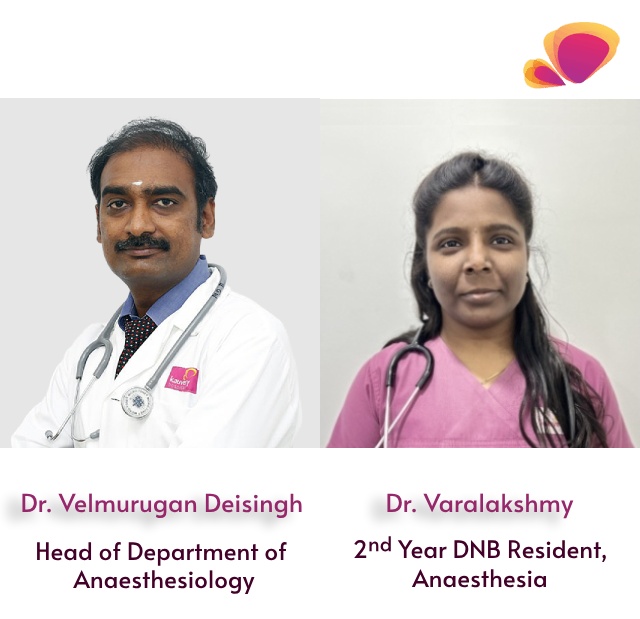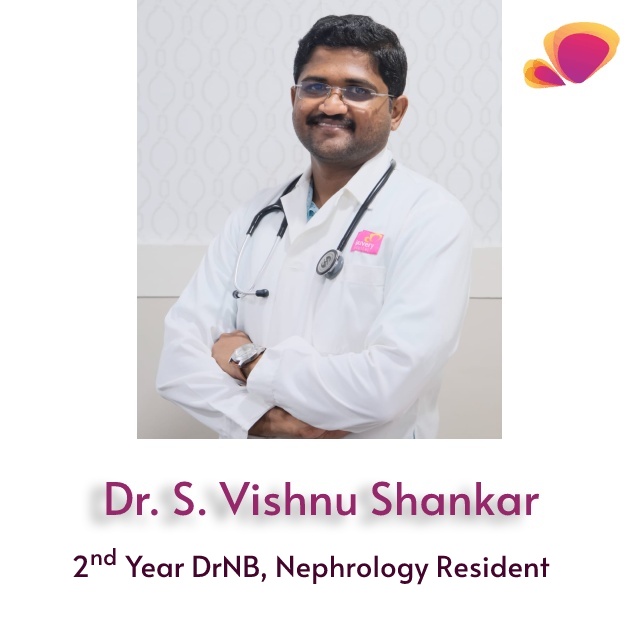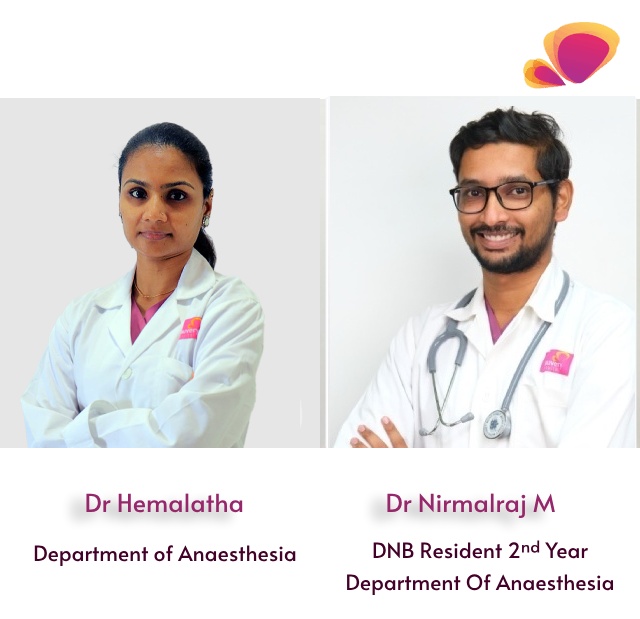Message from Team IMA Chennai Kauvery Alwarpet Branch

Dear friends
Greetings from IMA Kauvery.
We as doctors extend our gratitude and support for our nursing staff.
This month is very special as we celebrate the International Nurses Day.
The various articles in our journal always teaches us the teamwork in patient care and need of an interdepartmental relationship for patient care.
This month’s edition carries various interesting articles which will reflect the above.
We extend our thanks to all the authors and coauthors.
Yours in IMA service,
Dr S Sivaram Kannan
President

Dear IMA members,
Knowledge is power and a continuous medical education through journals in digital platform is a boon.
This month’s platter of articles is from various departments.
We thank all the departments for their contributions.
Yours in IMA service,
Dr. Bhuvaneshwari Rajendran
Secretary.

Dear friends
I am happy to share our IMA Journal for the month.
We are thankful to the postgraduates and consultants for constantly contributing to the journal.
This edition has contributions from Anesthesiology, Nephrology and Radiology.
Thanks to our editorial and branding teams for ensuring timely release of the journal.
Your feedback and suggestions are welcome.
With best regards
Dr. R. Balasubramaniyam
Editor

Patient with Critical Triple Vessel Disease posted for open Cholecystectomy
A Case Report
A 72- year male known case of type 2 DM, Hypertensive, Hypothyroid, Parkinson and recently diagnosed as acute myocardial infarction on dual antiplatelet therapy, presented as retrosternal chest pain, diffuse abdominal pain and multiple episodes of vomiting (bilious).
The patient was admitted in CCU and vitals were stabilized. Ecg showed normal sinus rhythm and T wave inversion in lead 1, avl, v5,v6. Echo was done found to be EF- 35%, regional wall motion abnormality +, hypokinetic -lv apex, anterolateral, inferior wall, moderate LV dysfunction, moderate MR, mild pulmonary artery hypertension.

Double-Positive Anti-GBM and ANCA-MPO Vasculitis Presenting as Rapidly Progressive Glomerulonephritis
Introduction:
Rapidly progressive glomerulonephritis (RPGN) is a clinical syndrome manifested by features of glomerular disease in the urinalysis and by progressive loss of kidney function over a comparatively short period of time (days, weeks or a few months) requiring Dialysis. It is one of the intra renal causes of Acute kidney injury(AKI).
RPGN is usually due to one of the three broad mechanisms of glomerular injury.
- anti-GBM disease
- immune complex mediated injury.

Anaesthesia For Hyperthermic Intraperitoneal Chemotherapy
Hyperthermic intraperitoneal chemotherapy (HIPEC) is a highly concentrated, heated chemotherapy treatment that is delivered directly to the abdomen during surgery. HIPEC combined with cytoreductive surgery (CRS) has developed over time as an effective multimodal treatment option for selected patients with peritoneal surface malignancies.
Anaesthesiologist has a crucial role in HIPEC, unique aspects of hipec surgery are hemodynamic fluctuations, hypothermia and induced hyperthermia, fluid shift, coagulopathy, electrolyte and acid-base balance, and potential for chemotherapeutic drug-induced neurotoxicity and nephrotoxicity.

Anaesthesia In A Morbidly Obese Patient - A Case Report
A 45-year-old female (height 165 cm; weight 141 kg; body mass index 51 kg/m2) was scheduled to undergo robot-assisted surgical staging for endometrial cancer. She is a known case of T2DM, SHTN, Hypothyroid, Asthmatic and OSA on CPAP for 10 years.
PRE-OPERATIVE PLANNING
- Routine investigations were done and pulmonologist opinion was sought in the view of OSA/ Asthma prior to surgery.
- Blood investigations found to be within normal limits, Echo revealed Normal LV function, No PAH

Athletic Pubalgia: A Case Based Review
Introduction
Athletic Pubalgia, previously known as sports hernia, manifests as persistent lower abdominal and groin pain. It’s a prevalent issue among athletes, often accompanied by additional complications, necessitating a nuanced approach to evaluation.
Case:
A 22-year-old young male presented to our radiology department of our hospital with complaints of left groin pain which worsens with hip flexion and running

Case Report: IgA Nephropathy With Systemic Hypertension And Mild Azotemia In Pregnancy
Abstract
This case report discusses the management and outcomes of a 28-year-old female, gravida 2, para 2, with a known case of IgA nephropathy complicated by systemic hypertension and mild azotemia during pregnancy. Despite the challenges posed by concurrent renal and hypertensive disorders, timely intervention and multidisciplinary care led to favorable maternal and fetal outcomes.
INTRODUCTION
IgA nephropathy is a common glomerular disease characterized by the deposition of IgA antibodies in the glomeruli.


